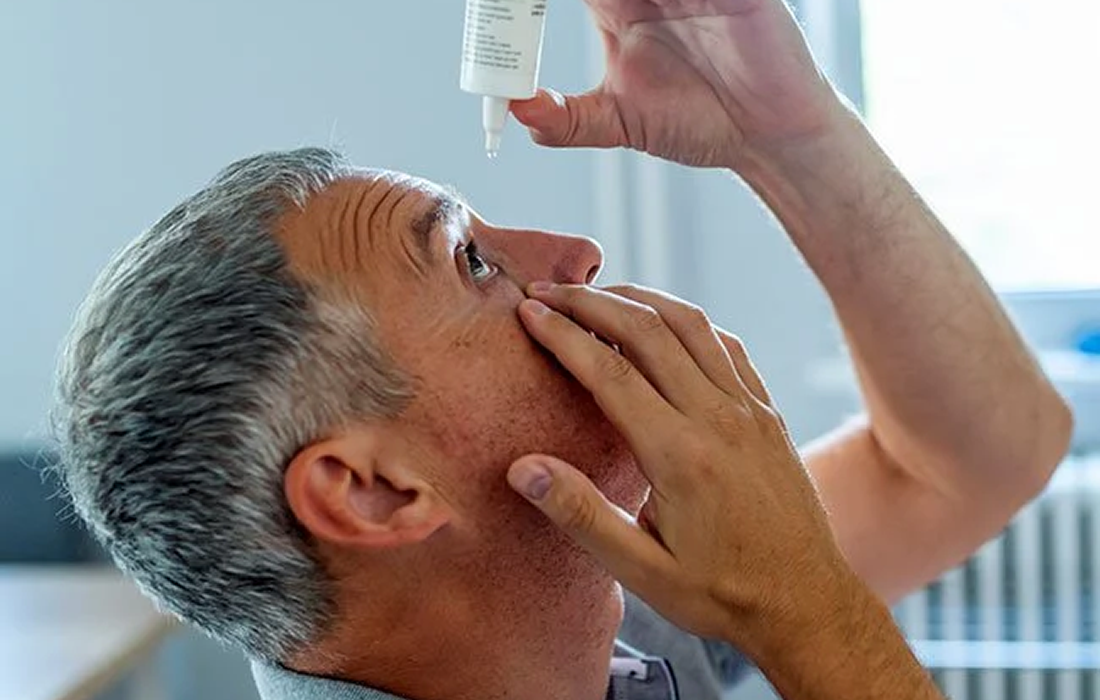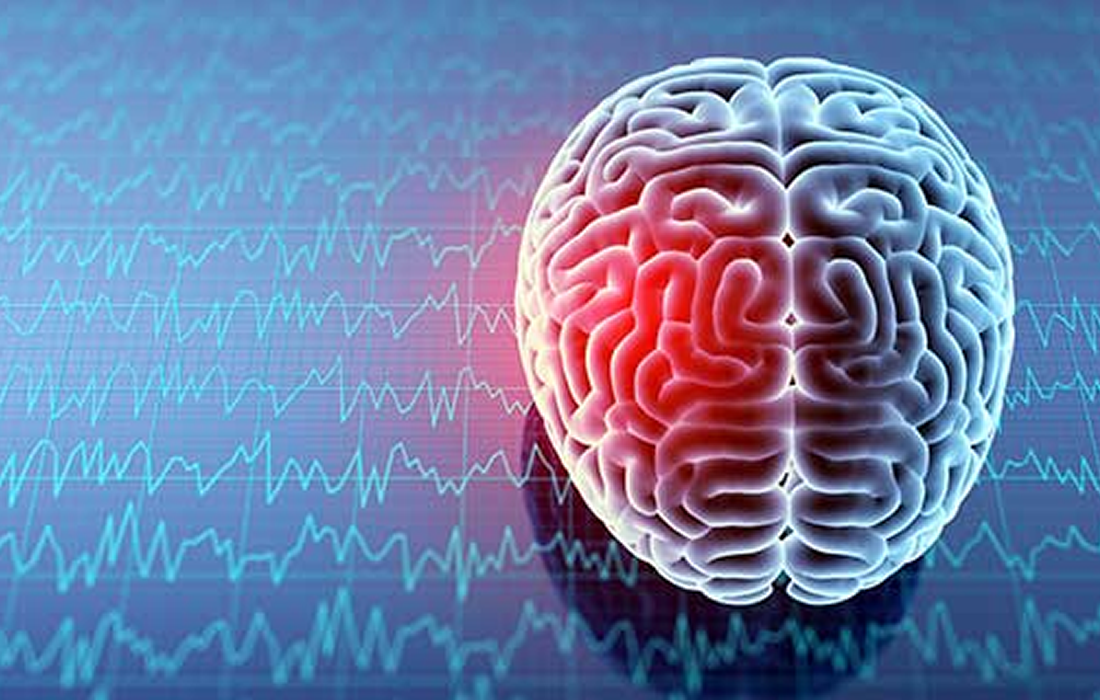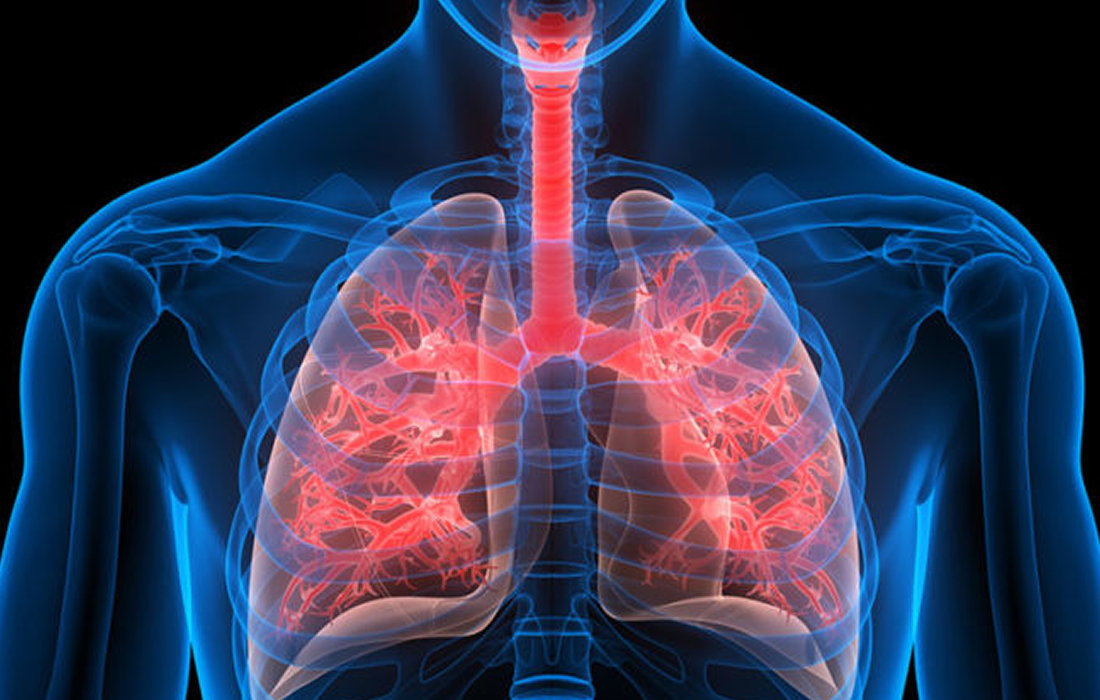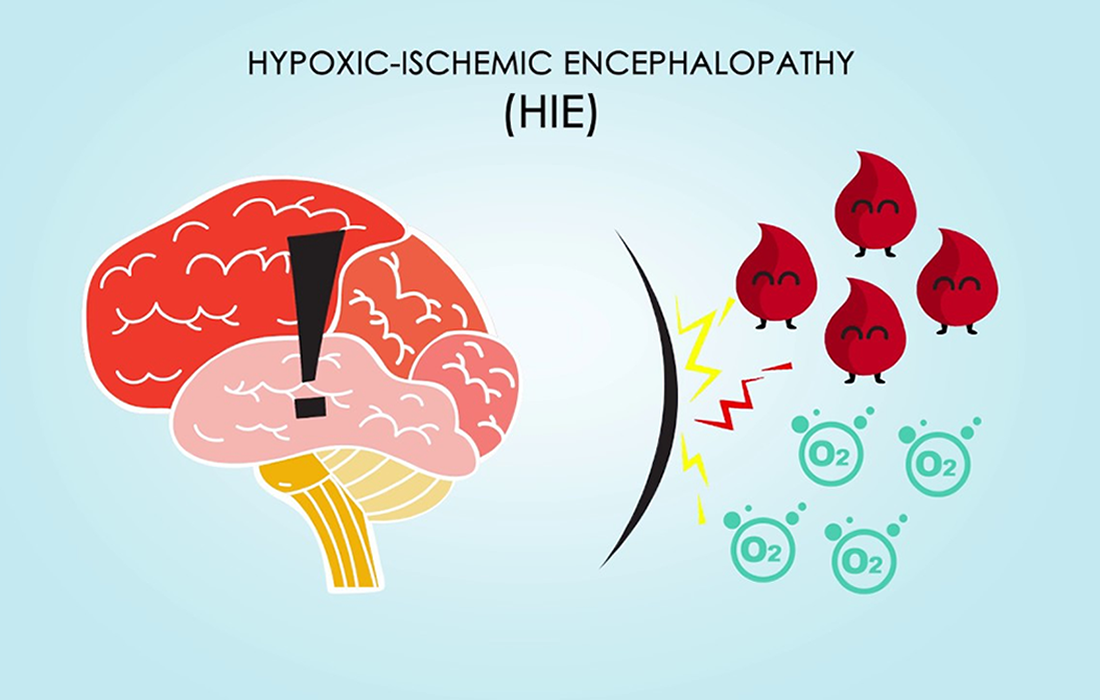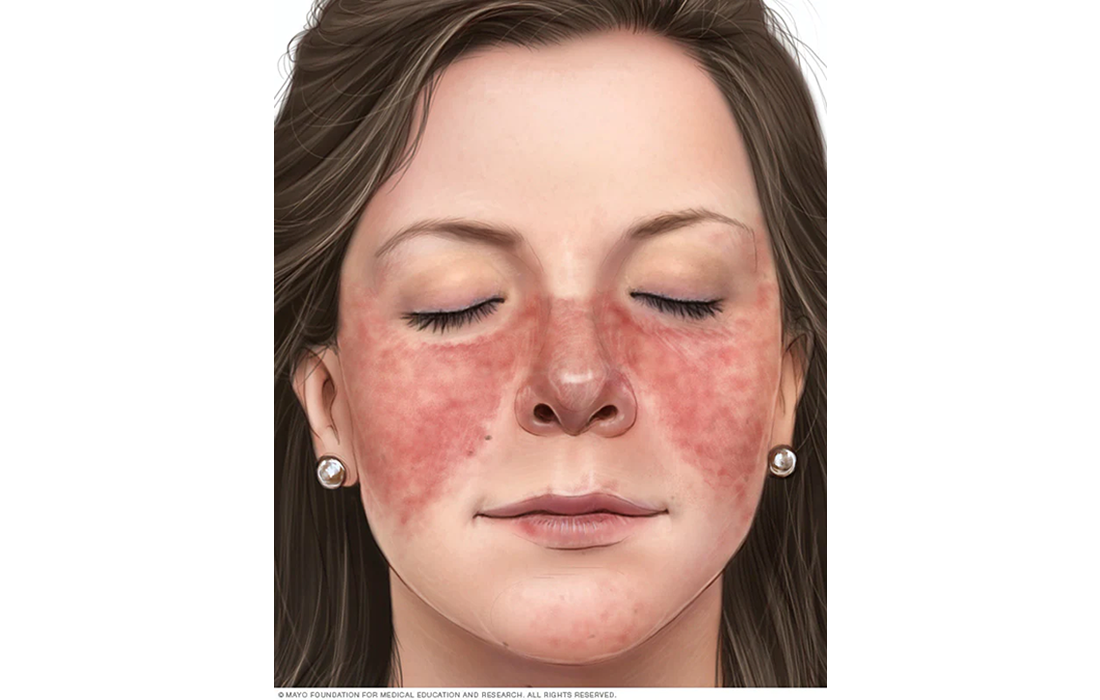What is Osteoarthritis? Osteoarthritis (OA) is a progressive and debilitating joint disease that is expected to affect up to 25% of the population by 2040 and represents an enormous socioeconomic health care burden. According to the Centers for Disease Control and Prevention (CDC), osteoarthritis affects an estimated 30 million people in the United States. Osteoarthritis […]
Category Archives: Stem Cell Therapy for Specific Conditions
What is Sjogren’s Syndrome? Sjogren’s syndrome is an autoimmune disorder identified by its two most common symptoms, dry mouth and dry eyes. The condition often accompanies other immune system disorders, such as rheumatoid arthritis and lupus. In Sjogren’s syndrome, the mucous membranes and moisture-secreting glands of your eyes and mouth are usually affected first — […]
What is Psoriasis? Psoriasis is a skin disease that causes red, itchy scaly patches, most commonly on the knees, elbows, trunk and scalp. It is a common, chronic disease with no cure. It tends to go through cycles, flaring for a few weeks or months, then subsiding for a while or going into remission. The […]
What is Traumatic Brain Injury? Traumatic brain injury (TBI) is a major cause of injury related death and disabilities in the USA and worldwide. According to the CDC, 30% of all injury related deaths (153 people per day in the USA) are attributable to TBI. Cognitive deficits, impaired memory, movement disorders, loss of hearing and […]
What is Pulmonary Fibrosis? Pulmonary fibrosis (PF) is a chronic, life-threatening disease with a gradual worsening of pulmonary function and shortness of breath, and the median survival time of patients with idiopathic pulmonary fibrosis (IPF) was estimated to be 2.5–3.5 years. Pulmonary fibrosis is a lung disease that occurs when lung tissue becomes damaged and scarred. […]
What are Muscular Dystrophies? Muscular dystrophy is a group of diseases that cause progressive weakness and loss of muscle mass. In muscular dystrophy, abnormal genes (mutations) interfere with the production of proteins needed to form healthy muscle. There are many kinds of muscular dystrophy. Symptoms of the most common variety begin in childhood, mostly in […]
What is Systemic Scleroderma? Systemic scleroderma (SSc) is a rare autoimmune disease, which mainly influences middle-aged patients, its morbidity rate varies in different countries at 100-300/1,000,000. With the main characteristics of vascular endothelial impairment and diffuse fibrosis, SSc mainly affects the skin and lung tissues, as well as the function of the heart and digestive […]
What is Hypoxic-ischemic Encephalopathy? Hypoxic ischemic encephalopathy (HIE) is a serious birth complication affecting full term infants: 40%–60% of affected infants die by 2 years of age or have severe disabilities. It occurs in 1.5 -2.5 per 1000 live births in developed countries. The majority of the underlying pathologic events of HIE are a result […]
What is Lupus? Systemic lupus erythematosus (SLE) is a systemic autoimmune disease that is characterized by autoantibodies with immune complex deposition leading to multiorgan injury. Is a disease that occurs when your body’s immune system attacks your own tissues and organs (autoimmune disease). Inflammation caused by lupus can affect many different body systems, including your […]
What is Amyotrophic lateral sclerosis? Amyotrophic lateral sclerosis (ALS) is a rare neurological disease that primarily affects the nerve cells (neurons) responsible for controlling voluntary muscle movement (those muscles we choose to move). Voluntary muscles produce movements like chewing, walking and talking. The disease is progressive, meaning the symptoms get worse over time. Currently, there […]


